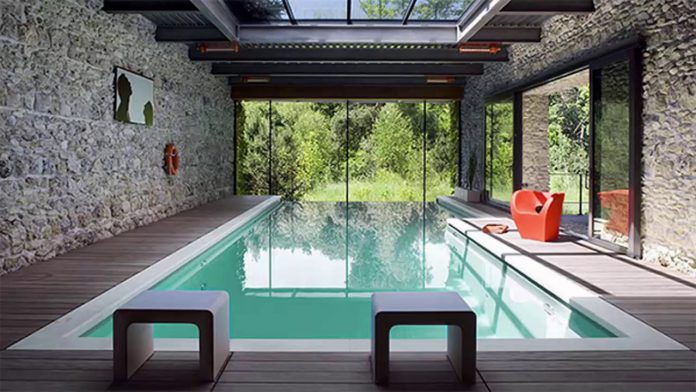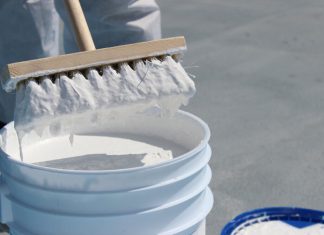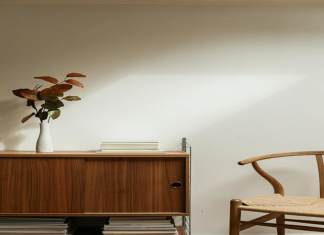Pool alkalinity is a crucial factor to consider if you value your pool and want to keep off all the unwanted plants like yellow algae from your inground pool. Alkalinity is the measure of the concentration of alkaline materials in the swimming pool. The recommended swimming pool alkalinity should remain between 80 and 120 ppm in all seasons.
Sometimes you need a chemical free & hot tub cleaning service to ensure your swimming pool remains in a perfect state. Stay put into learning some tips on how to raise your pool alkalinity when it is low.
Step #1: Measure the pool alkalinity
The first step is to measure the alkalinity level in the swimming pool water. You can order a swimming pool testing kit from your nearby store and take some water samples for the test.
Most of the kits will give instant results on the pH and alkalinity level of the swimming pool. If you find the water’s alkalinity level to be too low, it means there is no alkaline object in the water. Then in case you are using a pool water testing kit, and you get a reading below 80 ppm, it means you need to raise the alkalinity of the pool.
Step #2: Order for sodium bicarbonate
The second step is to purchase sodium bicarbonate or baking soda. There are different pool suppliers you can reach out for a recommended baking soda. Get the right amount of baking soda for this job. You can order at least 5 pounds of baking soda. If the alkalinity is lower than 80 ppm, you will likely use more baking soda to raise it.
Step #3: Add some baking soda to the pool
The third step is to add some baking soda or sodium bicarbonate inside the pool water. You should add the baking soda in a small amount because it may be difficult determining the exact amount of the chemical you need to raise the alkalinity.
Therefore, before you can test the alkalinity, it is advisable that you first add 50% of the available baking soda to the pool water. When you add the baking soda in small amounts at a time, you will avoid making the water too alkaline. Baking soda is a safe chemical, and you don’t need to wear any protective gear and gloves when applying it to the swimming pool.
Step #4: Test for alkalinity after 6 hours
Once you are done adding baking soda to the pool, you should wait for between 6 and 24 hours to test the alkalinity again. If you find the alkalinity level too low, you can repeat the process until you achieve the desired level.
Final Thoughts
When the swimming pool has the right level of alkalinity, you can swim in it without having any issues. Raising your swimming pool’s alkalinity level can reduce the cost of repairing the pool’s damages caused by acidity. Follow these steps to keep your swimming alkaline all year round.















